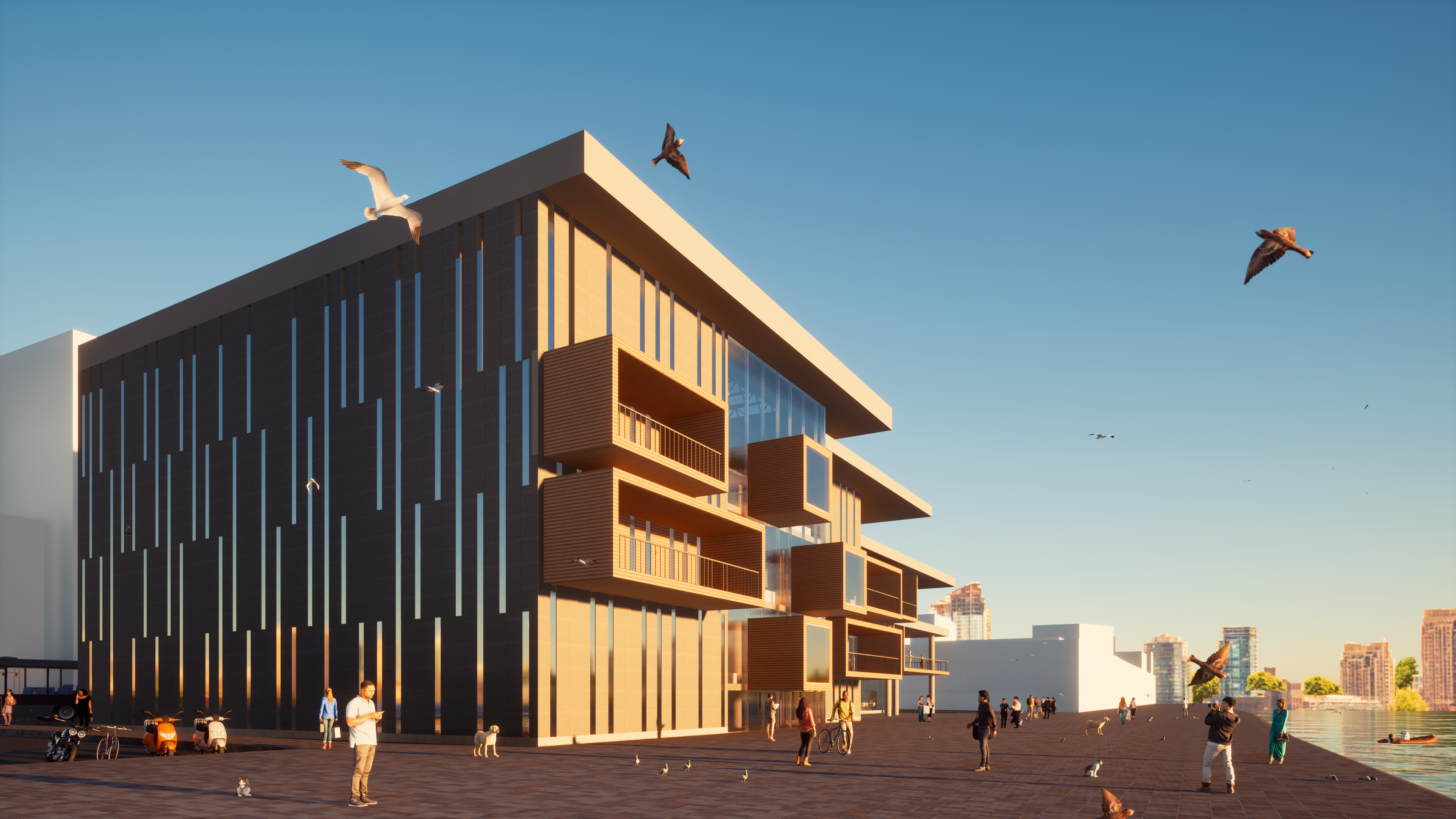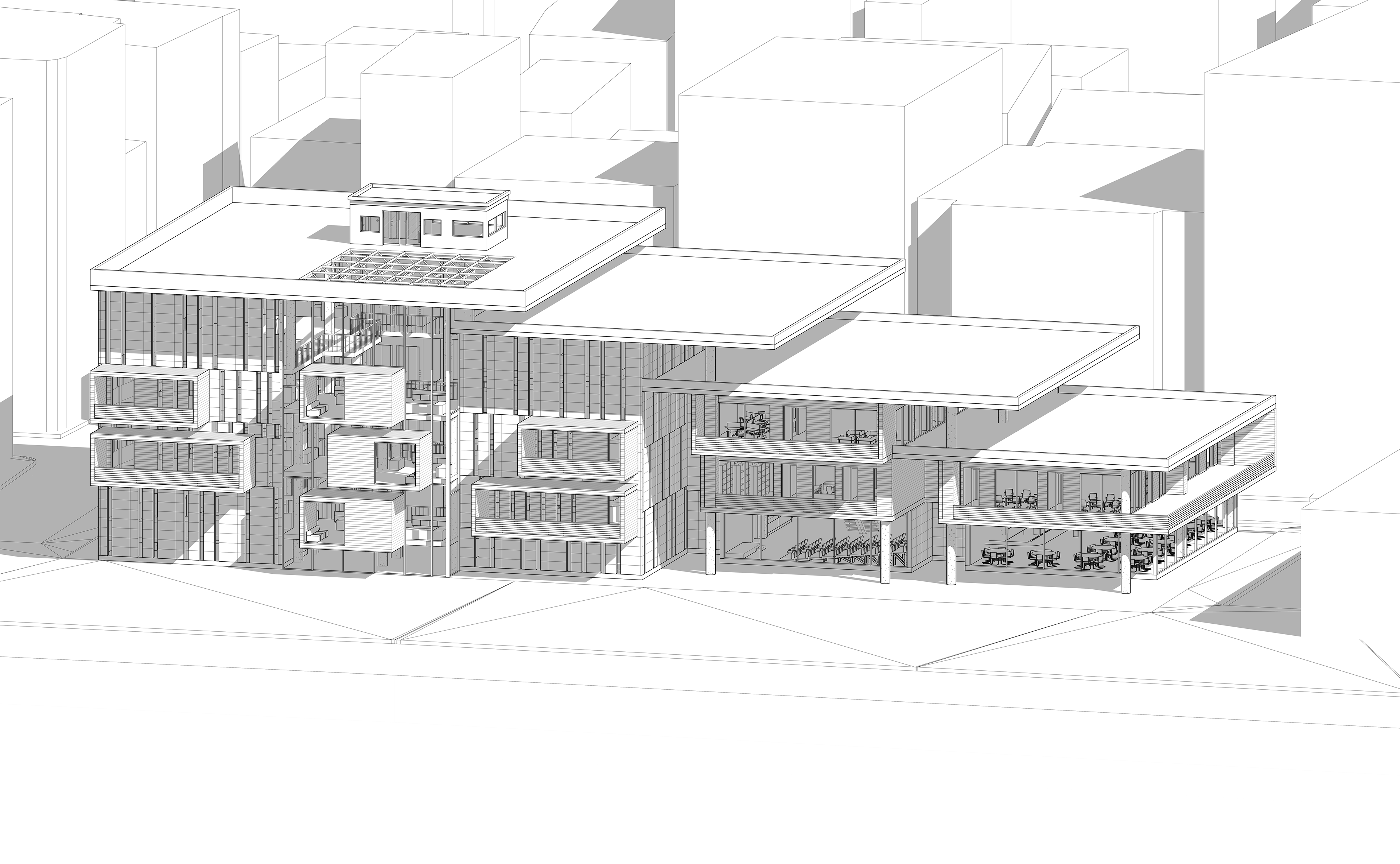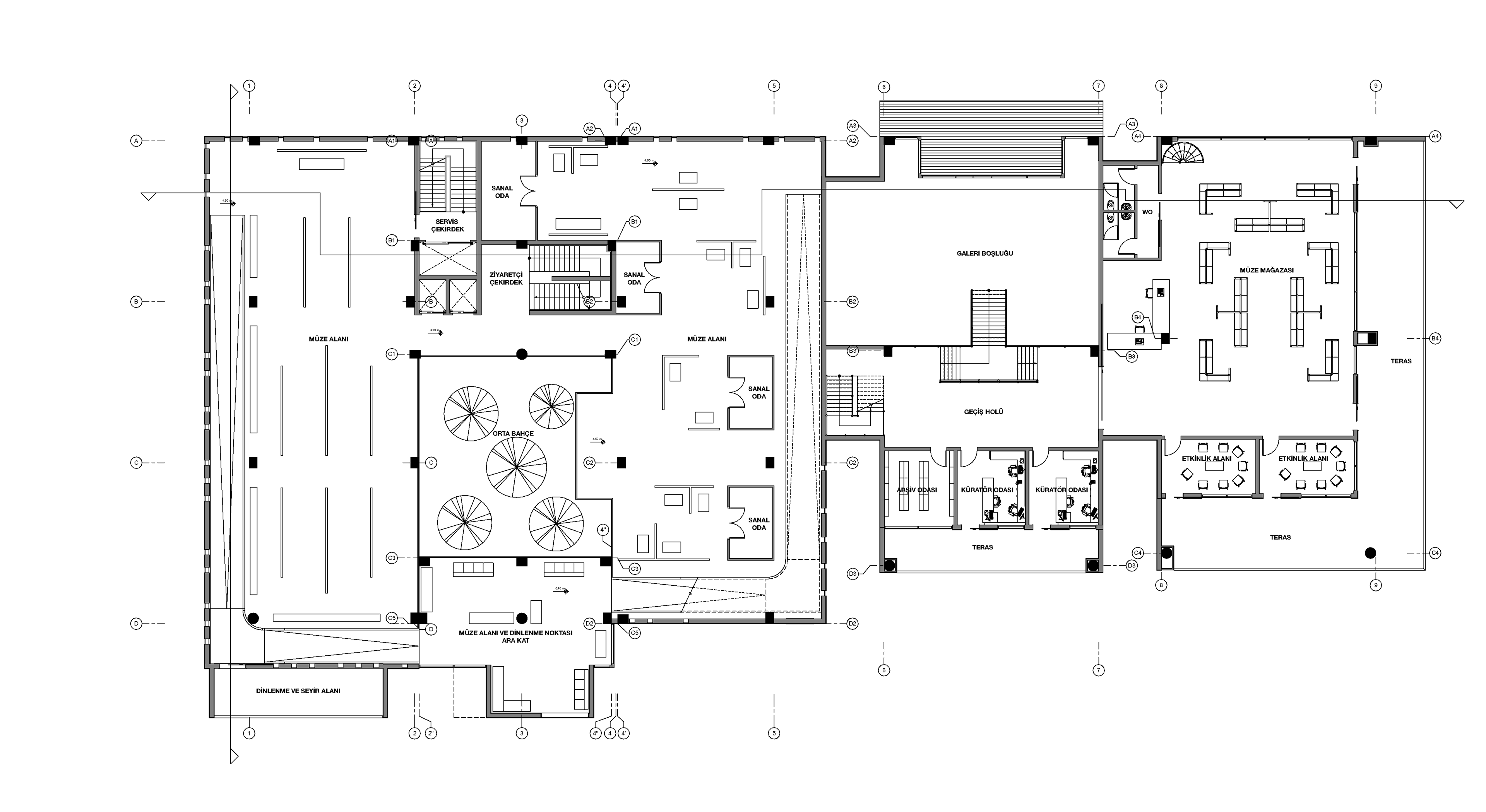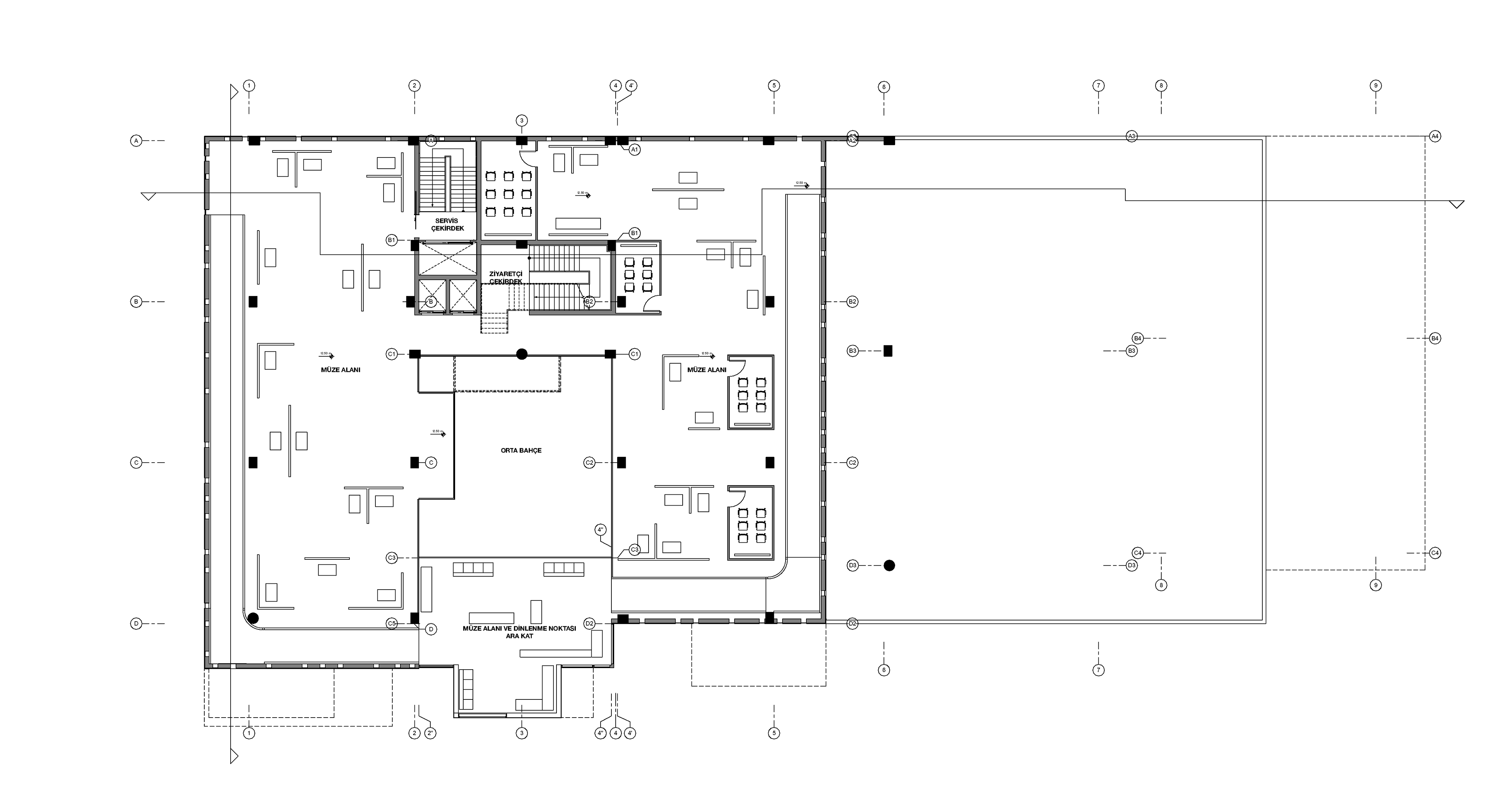Project Type: Architectural Concept
Project Area: 2500 sqmt
Urban Chronicles: Istanbul's Urban History Museum
Situated in a highly central locale within Istanbul, a city renowned for its rich and intricate urban history, the City History Museum stands as a testament to the city's evolution. Throughout the project's design phase, meticulous consideration was devoted to the preservation of the Bosphorus skyline, a defining element of the city's identity. The project, meticulously crafted in alignment with stringent urban codes, represents harmonious integration within the urban fabric.
With a keen focus on honoring the city's narrative, contribution was made to shaping the project's vision, seamlessly blending historical context with contemporary aspirations.
The centrality of the location and the project's role as a custodian of urban heritage demanded a judicious approach. Navigating the complexities of urban regulations, assurance was provided that the project met rigorous standards while retaining its historical essence.
Incorporating a multifaceted approach, this project represents a confluence of cultural heritage and innovative design. It serves as an enduring monument to Istanbul's urban chronicle, pivotal involvement sculpting its inception and envisioning its future impact.
The fundamental concept of this project centers on ensuring universal access to all floors through the use of ramps while simultaneously creating an engaging and immersive museum experience that captures visitors' interest.
The design aims to make the museum tour enjoyable and captivating, avoiding monotony. The use of ramps as an accessibility feature not only provides physical access for all visitors but also adds an element of intrigue and surprise to the museum journey. Ramps, when creatively integrated into the exhibition spaces, can lead visitors in unexpected directions, unveiling different aspects of the exhibits and creating a dynamic and interactive experience.
Upon completing the museum tour, visitors are treated to a unique experience on the open terrace. This terrace serves as a reward for their exploration, offering an opportunity to view the city with the naked eye. It becomes a place of reflection and appreciation, allowing visitors to connect what they've learned in the museum with the real-world cityscape spread before them. This transition from the indoor museum experience to the outdoor terrace provides a meaningful and memorable conclusion to their visit.
In essence, this project embodies the principles of both accessibility and engagement, creating a holistic museum experience that ensures inclusivity while also offering a fresh perspective on the city's history and culture.












